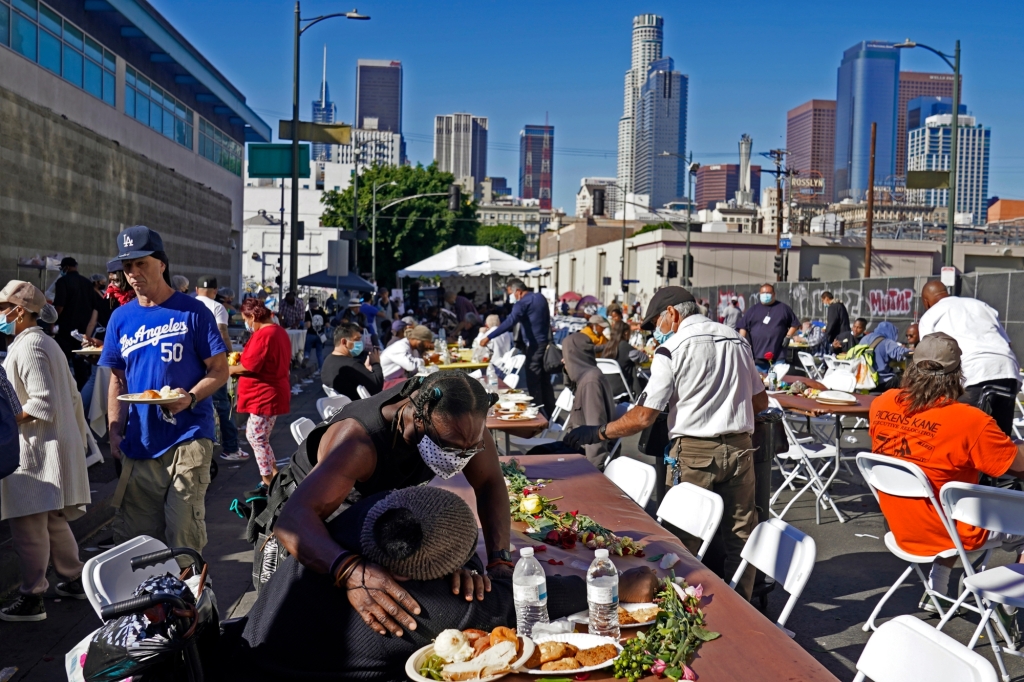By Augusta Saraiva, Bloomberg
Family homelessness in the U.S. is on the rise in an alarming sign of how the increasing cost of goods, the ever-tightening housing supply and the end of most pandemic-era benefits are putting pressure on Americans.
Some 72,700 people in families with children were experiencing homelessness in 20 of the largest cities in the nation as of January, a 37.6% jump from a year before, according to an analysis of data provided by jurisdictions. In New York, that figure shot up by two thirds, while Chicago, the District of Columbia and Fort Worth, Texas, also saw outsize increases.
The findings — based on data collected from cities that conducted a count of people staying in shelters or on the streets — show a worsening national picture ahead of a government report due at the end of year. The Housing & Urban Development Department typically releases a full count that includes point-in-time data from more than 400 jurisdictions in December.
The situation is likely even more grim than the numbers show: so-called point-in-time samples often are a significant undercount, and cities including San Francisco and Seattle — which have dire homeless crises — were excluded from the analysis because they only counted the number of people in their shelters this year.
The latest estimates illustrate the worrisome direction family homelessness is headed — all as eviction bans, stimulus payments and enhanced food and child-care programs expire. Families of color also tend to be disproportionately affected, with Black Americans making up half of those experiencing family homelessness, according to HUD.
Richard Cho, a senior adviser at HUD, said that early reports indicate that the number of families with children experiencing homelessness “has been increasing dramatically.” The department is anticipating “some probably really difficult and challenging data” going forward.
“There were many, many, many people that were already…
Read the full article here






